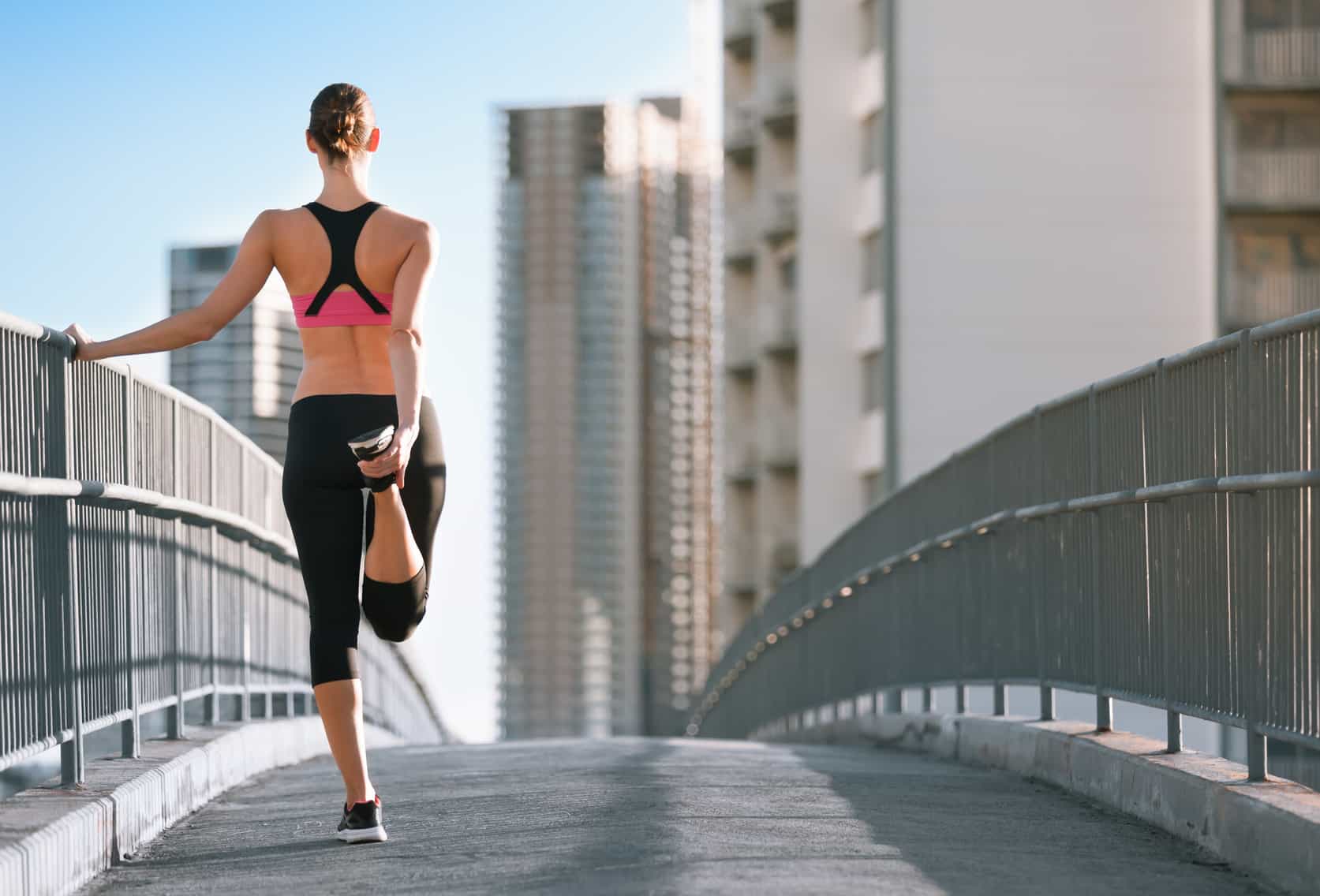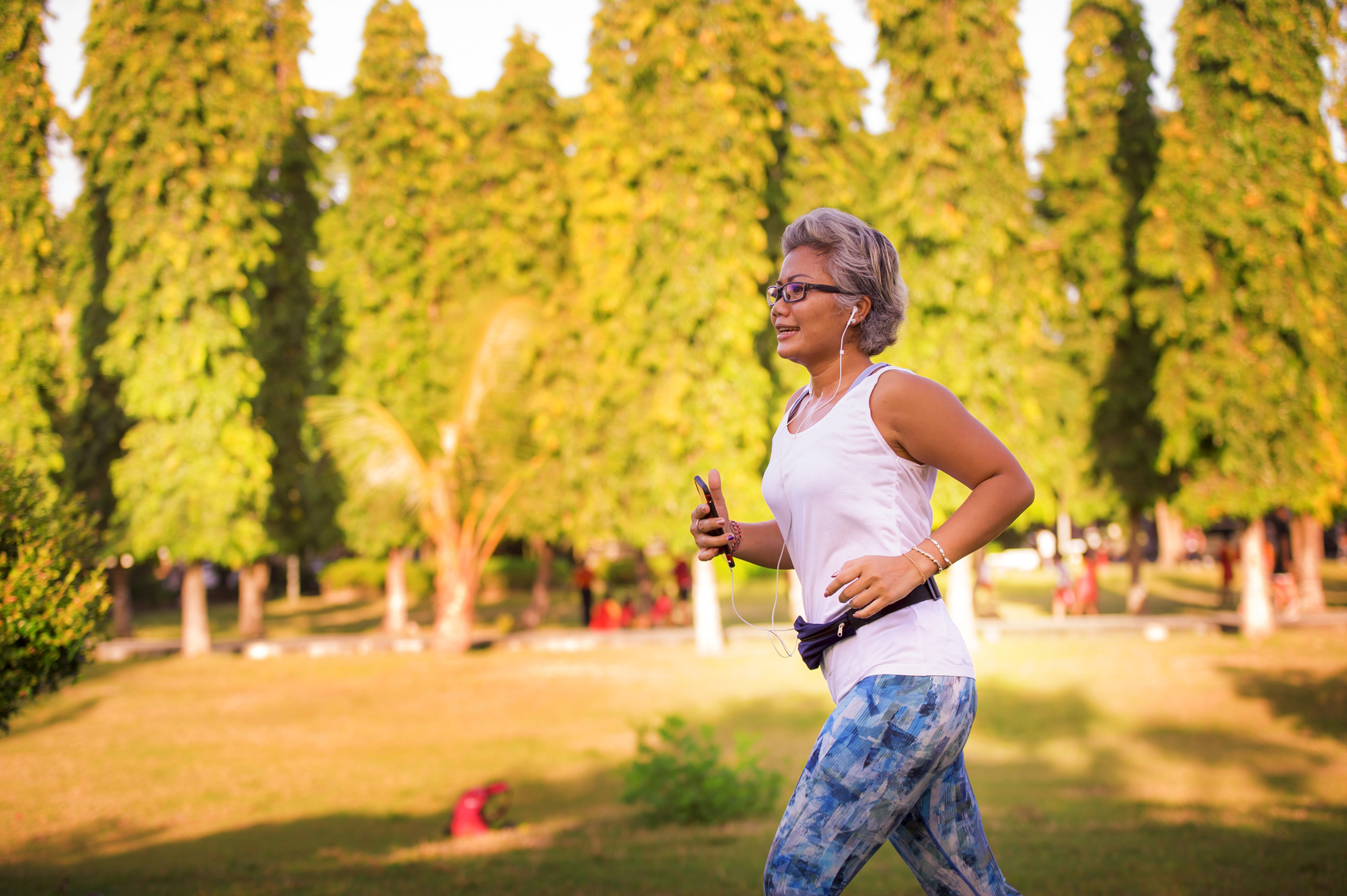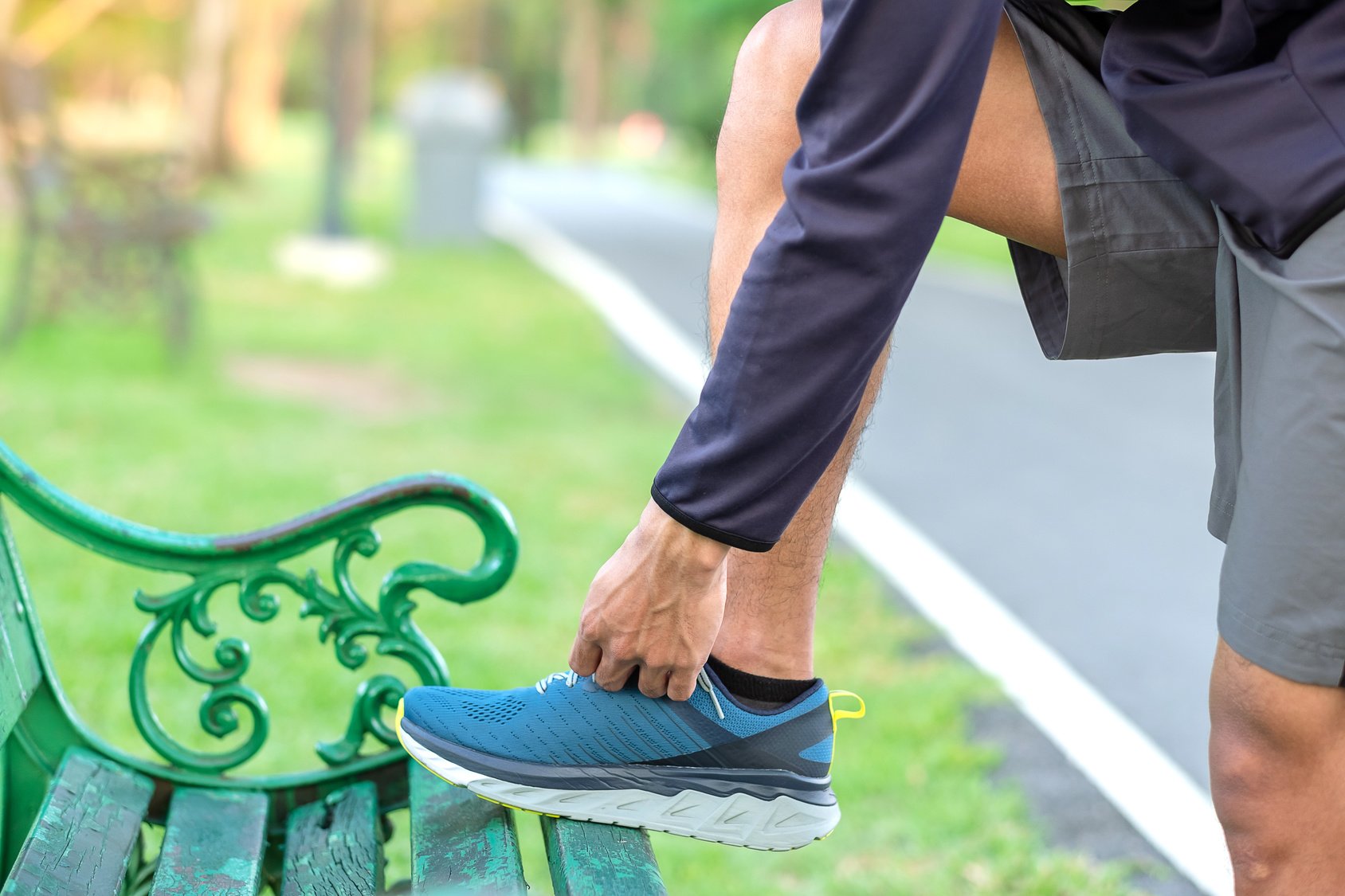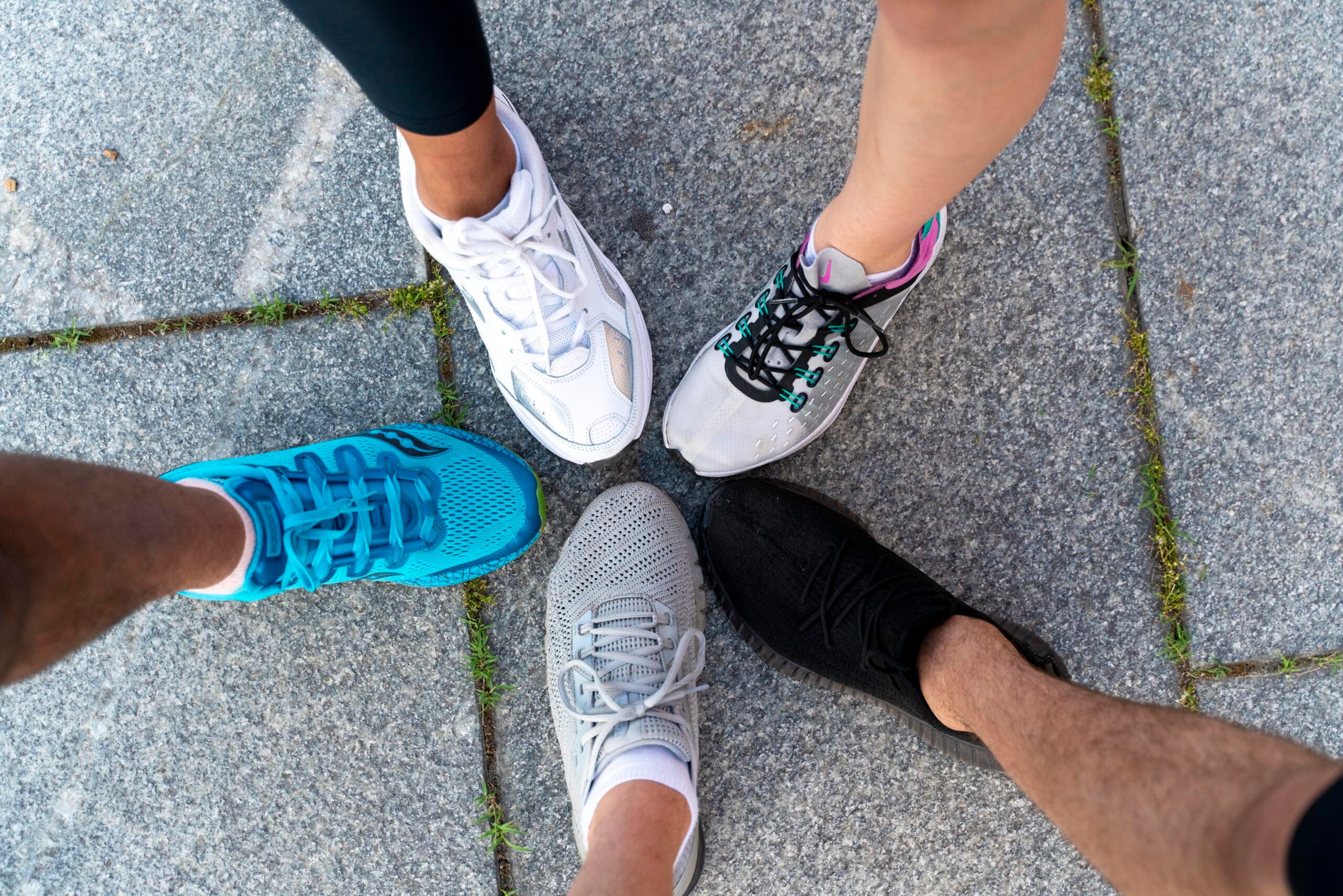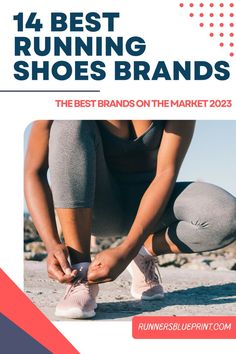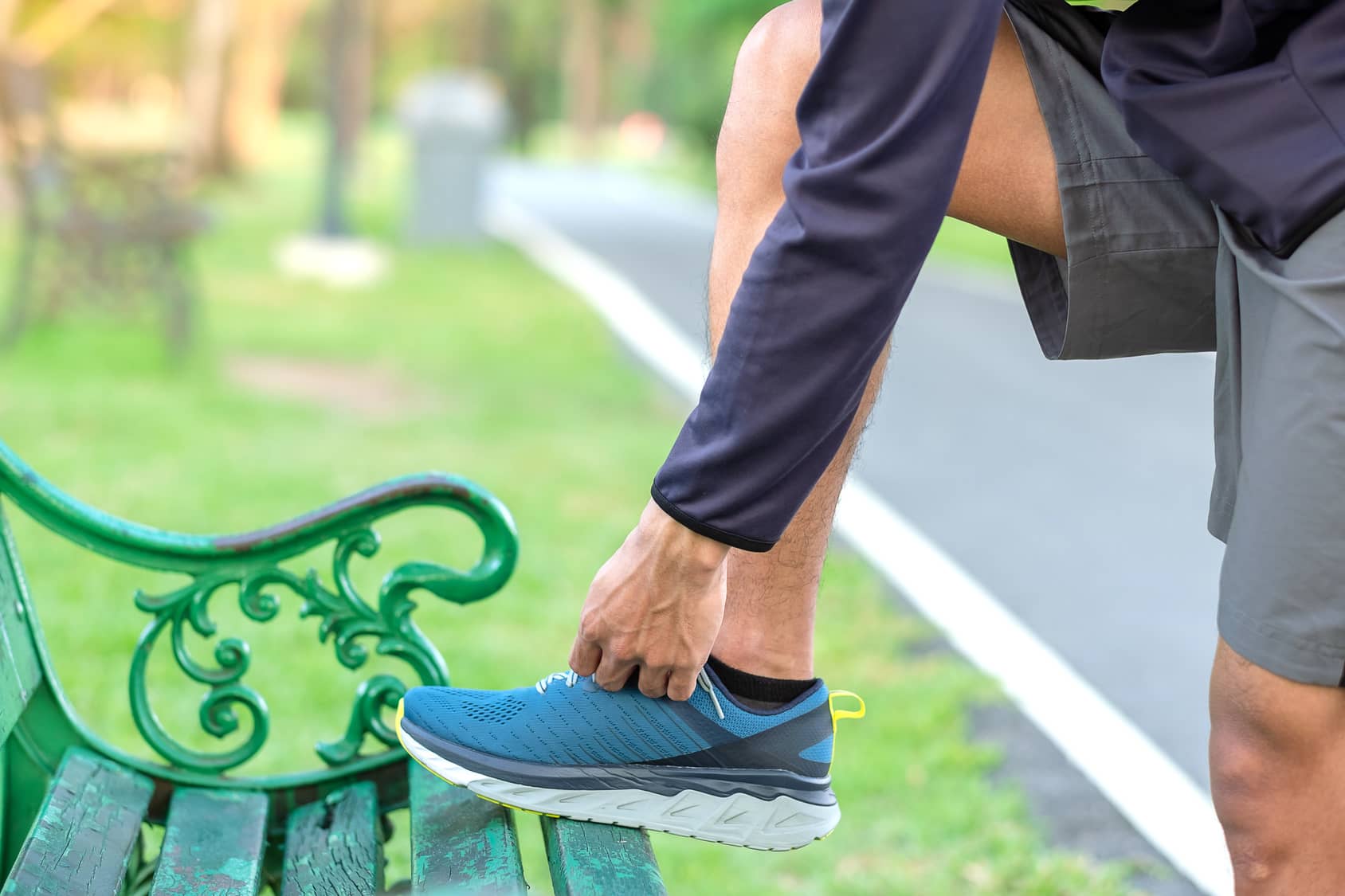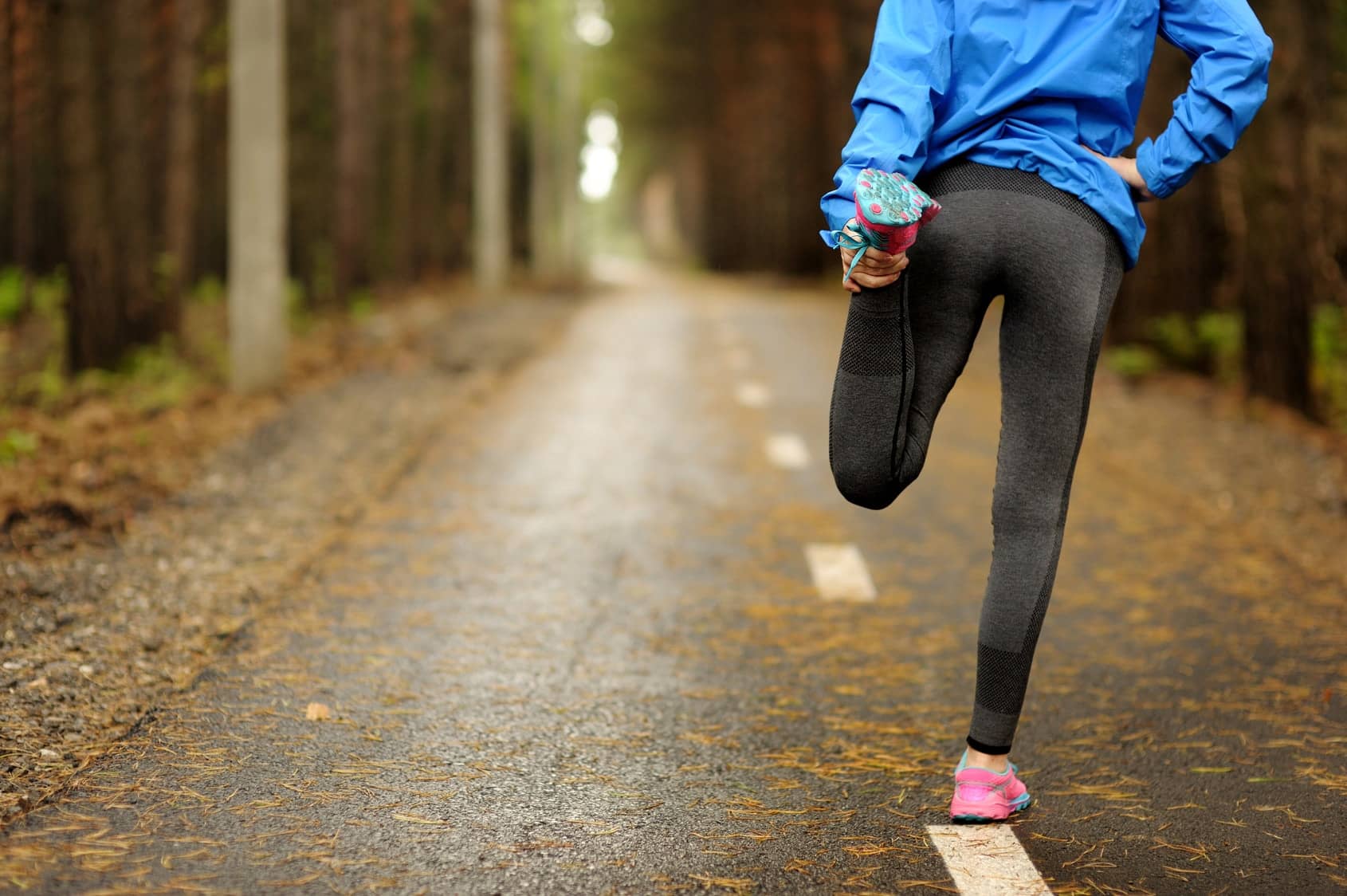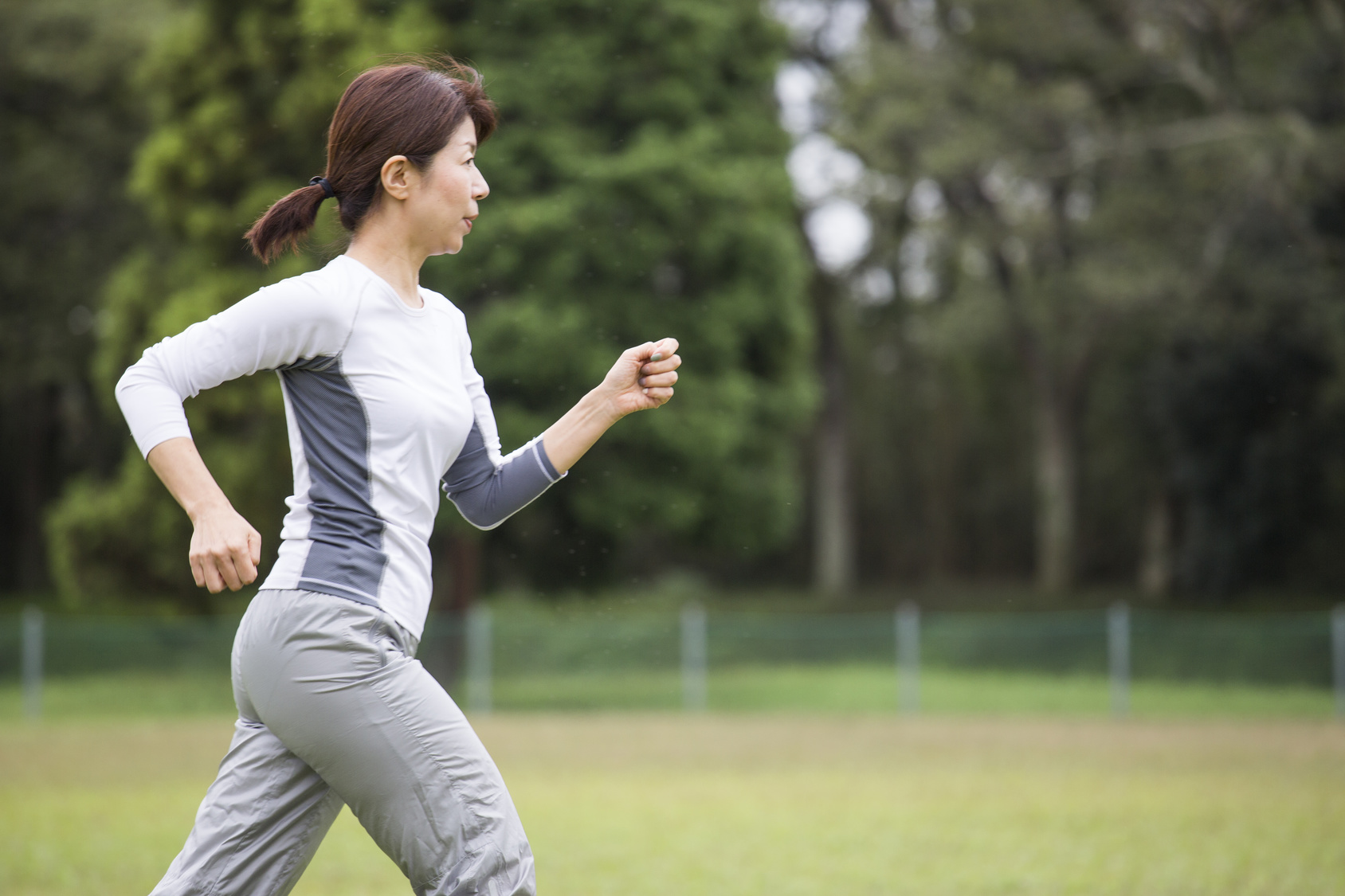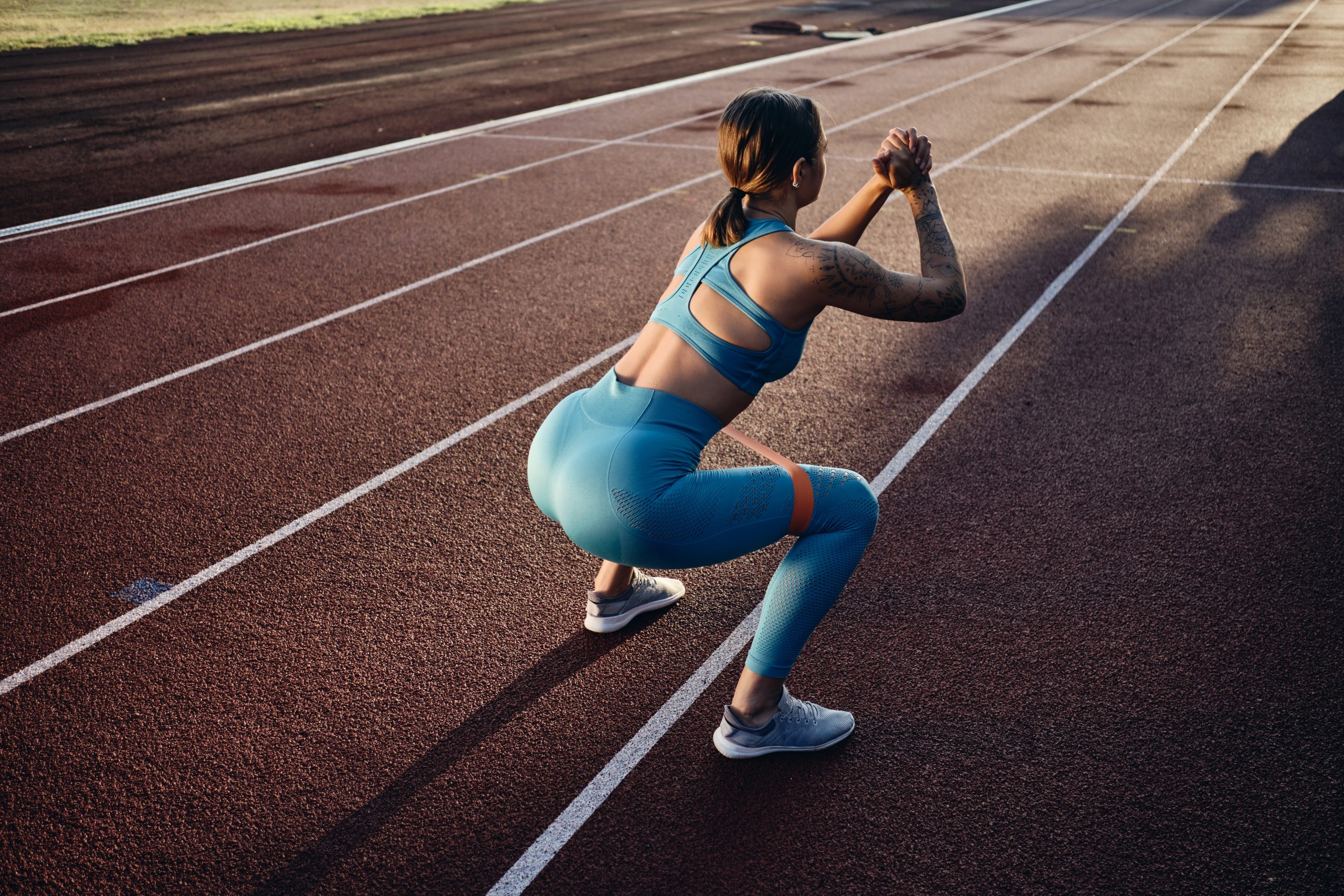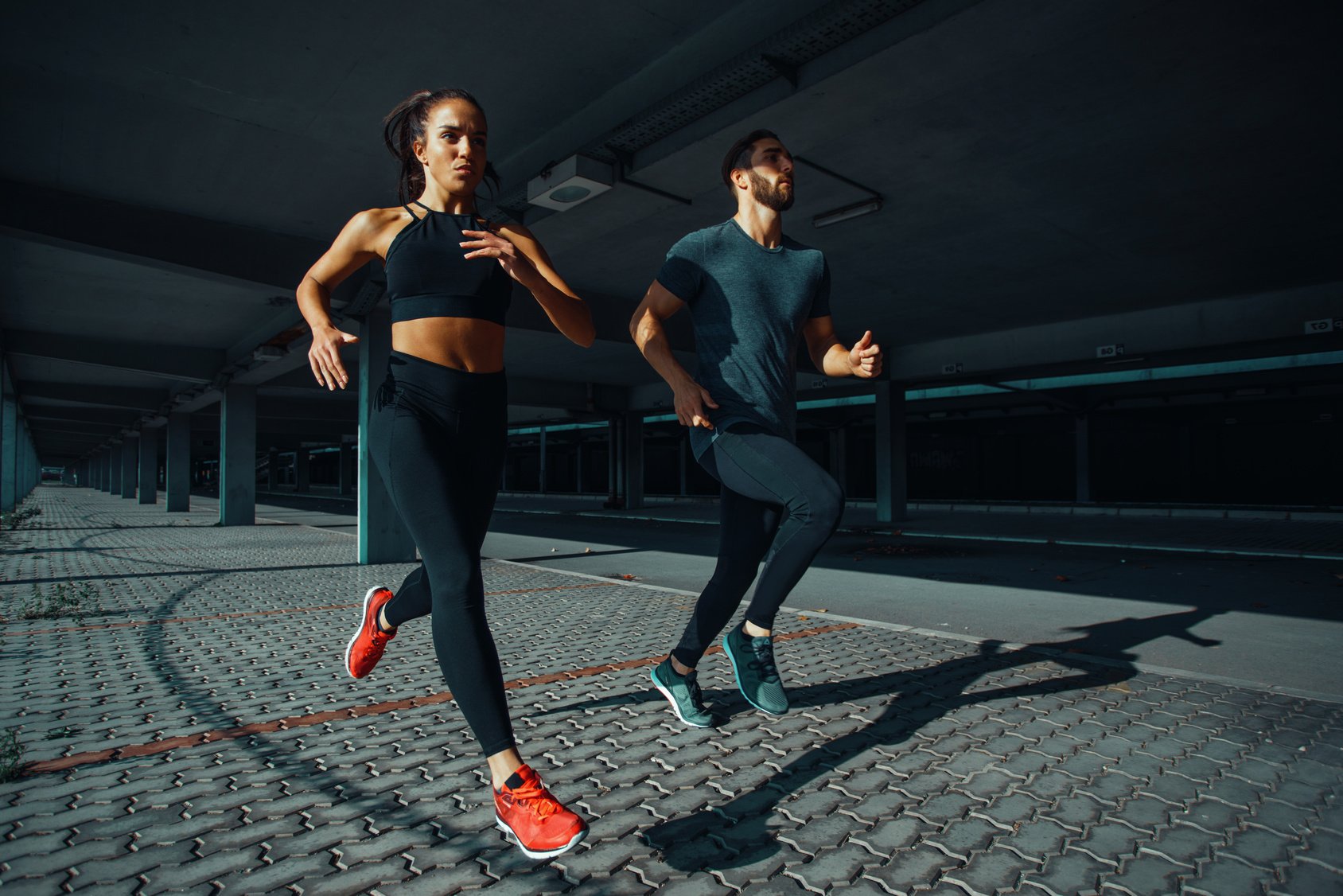Kratom for runners has gained popularity due to its potential effects on energy levels and endurance. Kratom, a substance derived from Southeast Asia, is known for its stimulating effects and mood-boosting properties. Runners can benefit from consuming Kratom because it provides a sense of motivation, making it easier to push through a challenging run. Additionally, some runners have reported feeling more focused and alert during runs when supplementing with it.
While the effects of Kratom on body composition are not well-researched, some athletes believe that it may aid in physical performance and can kratom help with body composition. However, it’s important to remember that more scientific research is needed to support these claims, and it’s always best to consult a healthcare professional before incorporating any supplement into your routine.
7 Diet Recipes With Kratom That Are A Must-Try For Runners
1. Green Smoothie Bowl:
For runners, fueling up before or after a workout is crucial for keeping the body energized. Enter the Green Kratom Smoothie Bowl. This refreshing and nutritious dish is satisfying and packed with essential vitamins and nutrients. Kratom’s critical ingredient adds a unique twist to its natural properties. Made from blending spinach, avocado, banana, and coconut water, this smoothie bowl is delicious and easy to make. Topped with fresh fruits, nuts, and seeds, this recipe is perfect for those looking for a refreshing and wholesome meal to aid their post-workout recovery. Give it a try and take your running routine to the next level!
2. Protein Shake:
Kratom Protein Shake is becoming increasingly popular among runners across the globe. This unique recipe combines high-quality protein powder, almond milk, and a small dose of kratom leaves; all blended to create a delicious and nutritious shake. Not only does the Kratom Protein Shake provide a quick and easy source of protein, but it also contributes to overall well-being. Running takes a toll on your body, but with the Protein Shake, you can replenish lost nutrients and energize your body all day. It’s a must-try for any athlete looking to power up their body and perform at their best.
3. Avocado Toast:
Kratom Avocado Toast is a delicious option worth trying for runners looking to fuel up before a long run. This recipe combines the creamy texture of avocado with the unique properties of it to create a satisfying snack that can provide lasting energy. The subtle flavor of Kratom mixes well with the rich taste of avocado, making for a delightful eating experience. Whether you’re a runner or just starting, incorporating this tasty snack into your routine can boost plant-based nutrients to fuel your exercise and help you reach your fitness goals.
4. Quinoa Salad:
Kratom Quinoa Salad is the ultimate dish for runners, packed with essential nutrients and flavors that will make taste buds dance. This salad is nothing like your ordinary dish, which adds a unique twist to your usual quinoa salad. Kratom is a natural supplement that has been well-received for its wide range of benefits, including an energy boost. Combined with quinoa, this dish becomes a powerhouse of essential amino acids, fiber, and vitamins. The salad is topped with fresh greens, various fruits and vegetables, and a dressing that perfectly complements the dish. Whether prepping for a marathon or looking for a lunch option, this Quinoa Salad can be the go-to meal that will leave you feeling satisfied, fueled, and ready to conquer your day.
5. Peanut Butter Balls:
Looking for a delicious way to incorporate Kratom into your pre-run routine? Look no further than Kratom Peanut Butter Balls. This recipe combines the natural energy-boosting properties of Kratom with the smooth, rich flavor of peanut butter, making it the perfect pre-workout snack for runners. With just a few simple ingredients, including powder, peanut butter, oats, and honey, you can quickly whip up a batch of these yummy balls that will give you the fuel you need to power through your next miles. Whether you’re a seasoned marathon runner or just starting, Peanut Butter Balls are an easy and tasty way to add Kratom to your pre-workout routine.
6. Tuna Salad:
Kratom Tuna Salad is a delicious and nutritious dish perfect for runners. The salad is packed with vitamins and minerals that runners need to stay energized and perform at their best. Combining fresh, crisp vegetables, creamy avocado, and protein-rich tuna makes this salad a satisfying meal option. Adding Kratom to the recipe gives the salad a unique twist and adds an extra energy boost for athletes. Tuna Salad is also easy to prepare, making it a great meal option for busy runners who are always on the go. Try this recipe and experience the delicious flavors and energy-boosting benefits for yourself.
7. Energy Bites:
Kratom Energy Bites are a delicious and nutritious option for runners looking to power up their workouts. This recipe combines the energizing properties of Kratom with other natural ingredients, including seeds, coconut, and honey, for a tasty and satisfying snack that will keep you going for miles. Kratom, a plant native to Southeast Asia, has traditionally been used for its stimulating effects, and when combined with nutrient-dense foods like nuts and seeds, it can provide sustained energy and focus. Whether you’re training for a marathon or just looking for a tasty pick-me-up, Energy Bites are a must-try recipe for any runner looking to elevate their performance.
Final Thoughts
In conclusion, incorporating it into your diet can bring many benefits when consumed in moderation and with care. It is important to remember that Kratom should not be used as a replacement for a well-balanced diet and active lifestyle. These 7 diet recipes with Kratom can add a flavorful and unique twist to your meal plan, particularly for runners who want to fuel their workouts with natural ingredients. Always consult a healthcare professional before adding Kratom to your diet, particularly if you have any pre-existing health conditions or are taking medications. Remember to consume it responsibly and enjoy the benefits of this natural and versatile ingredient.


